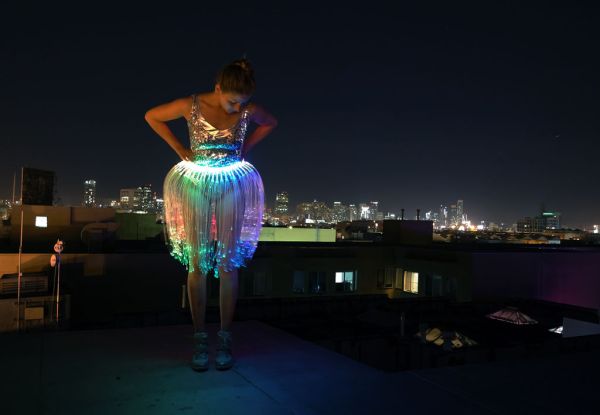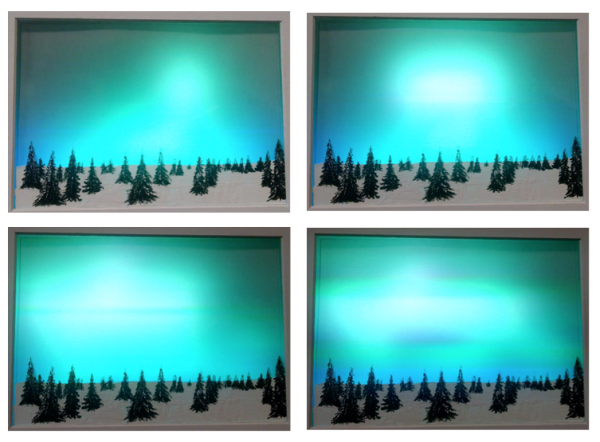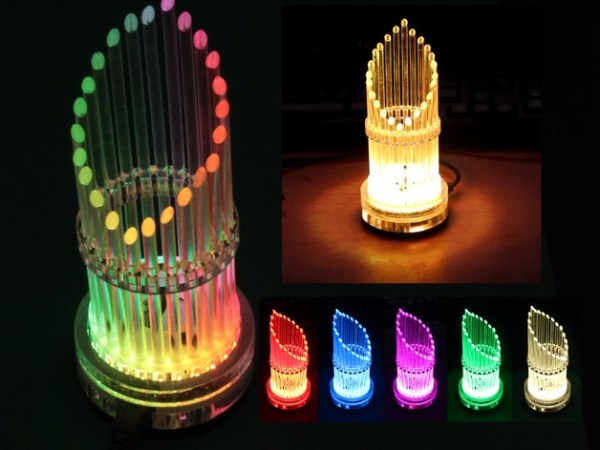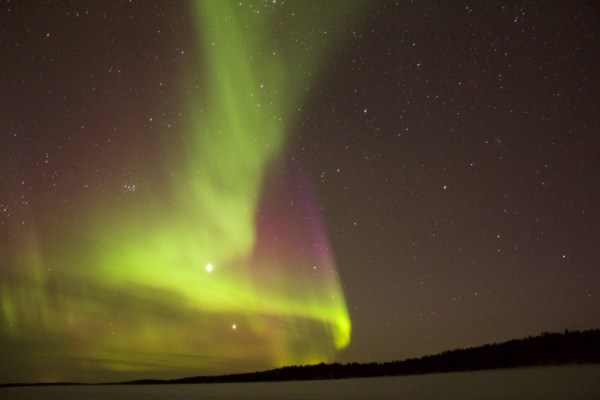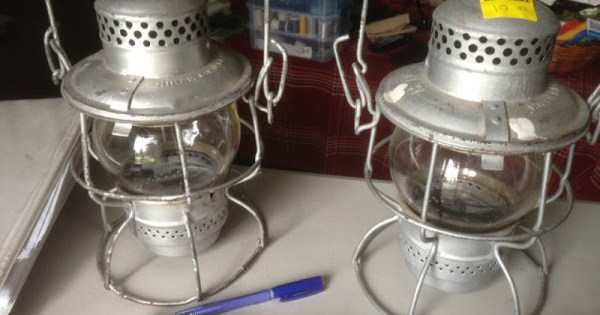Chances are, you probably know someone who uses a walker to assist in their mobility. Ever wonder about how they could be made better? When [Alan McFarland] noticed his friend using his iPhone as a light to walk down a hallway — with only one hand on his walker — he realized something could easily be done to make the walker more functional. His own light bar.
Sure you could get a flashlight, zip tie it to the walker, or maybe a bike light with a dedicated mount — but [Alan] wanted it to be a bit more elegant; and functional. With this in mind, he attached an LED light strip to the lower frame of the walker to help illuminate the path ahead. A button is wired up to the handle for easy access, and he’s even using a PIC12F1501 microcontroller to give it some logic — it’ll turn off by itself, fading out, giving the person a chance to sit down before the lights go out.
The thing we like about this project is he programmed it using the PICBASIC PRO compiler — the same compiler that [Alan] himself used nearly 20 years ago programming the Borg suits and spacesuit lighting on Star Trek: First Contact — how’s that for a random trivia fact!








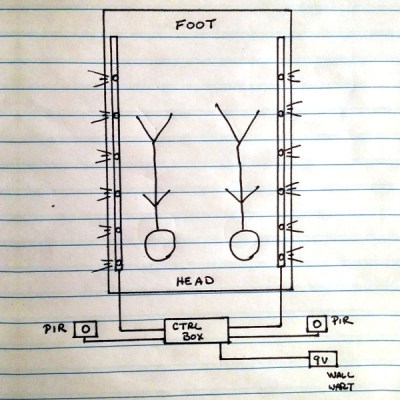 Knowing that this feature would be easy to replicate [Shane] went about
Knowing that this feature would be easy to replicate [Shane] went about 